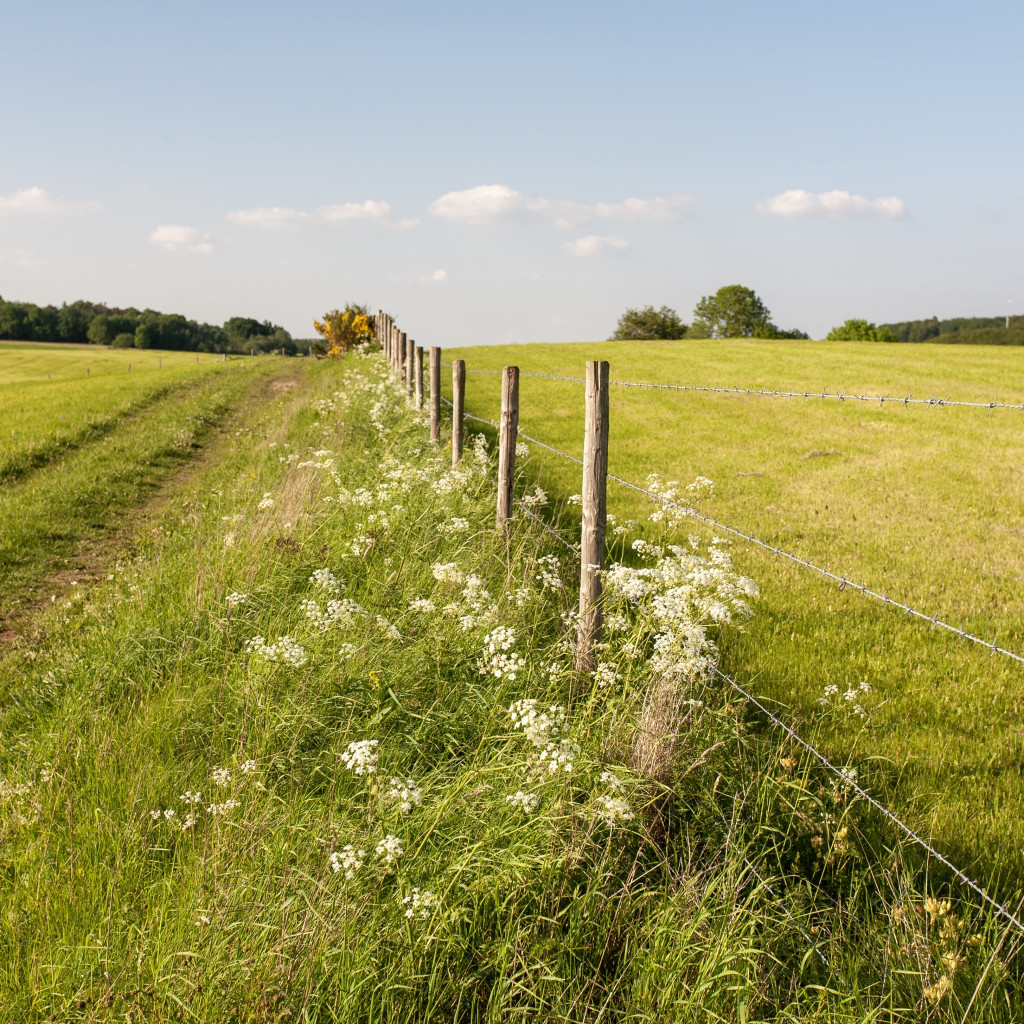Land is a great asset to have - I don’t think anyone would dispute that. But by the same token owning land (like having money) can be a worry as well. If you are lucky and your land has clearly identified boundaries and so long as there is no argument about them, all is well. That is the case for most land but some people are not quite so lucky. Boundary disputes can be a headache, especially if not well handled from the start.
Basic rules about boundaries
The “general boundaries rule” is that the boundaries on HM Land Registry title plans are no more than a guide to the general position of a boundary. They are not intended to specify the precise line of the boundary on the ground. HM Land Registry plans are based on Ordnance Survey maps and the scale will generally very small with a line on the plan representing 2m or 3m each way on the ground.
There are certain legal presumptions such as the hedge and ditch rule and the ad medium filum rule which apply in the absence of evidence to the contrary. There are other rules for land abutting lakes, non-tidal rivers or the sea-shore.
What is the hedge and ditch rule?
Where two properties are divided by a hedge or bank and a ditch, there is presumption that the boundary is along the opposite edge of the ditch from the hedge or bank. The rule is based on the notion that a landowner would stand at the boundary to dig the ditch, throwing the earth onto his own land to create the bank on which a hedge may then be planted. This presupposes the ditch was firstly man made and secondly dug after the boundary was created. So the rule will not apply where either the ditch is not man-made or there is a ditch on either side of the hedge or bank. The presumption will also be displaced where the land was conveyed by express reference to the OS map.
What is the ad medium filum rule?
It is presumed that the boundary of land abutting a roadway extends "ad medium filum" (meaning "up to the medium line") ie to the middle of the road. The presumption is strong but it can be rebutted by sufficiently strong evidence of contrary intention.
Can boundaries be vertical as well as horizontal?
Yes, a vertical boundary in theory extends through the subsoil downwards to the centre of the earth and upwards to the sky above but only to such a height as is necessary for the ordinary use and enjoyment of the land. So an aircraft flying overhead will not be trespassing although an oversailing crane might.
What is accretion?
Very broadly speaking, where the gradual effect of natural forces like tides and winds causes an increase or decrease in an area of land, the legal boundary of the affected land is adjusted accordingly. This can also apply where the changes are the consequence of human behaviour, provided that the cause is not the deliberate action of the party claiming ownership. A sudden accretion of a large area of land, such as the emergence of an island, belongs to the Crown.
How do I locate my legal boundary?
The first port of call in identifying a boundary will always be the legal instrument which first created the now disputed boundary by disposing of part of the original parcel of land (all land having been in common ownership historically). The relevant instrument may be a conveyance or some other form of disposal such as a deed of gift or a will. The extent of the land disposed of will depend on the intention of the parties to the deed (or the intentions of the testator or donor), so far as can be discerned from the deed itself.
Sometimes the deed will include a description or perhaps even measurements of what is being sold or there may be a reference to fixed features on the ground. The deed will often include a plan but most conveyance plans will be “for identification purposes only” which again means that they are not intended to depict the precise line of the boundary on the ground. However the plan may still be helpful. Many conveyance plans are based on OS maps which are informative and can show relevant land features although OS mapping is subject to limitations as to scaling etc. Interpreting OS maps for legal purposes takes specialist skills and often requires the assistance of a boundaries expert.
Is historical evidence relevant in a boundary dispute?
Very often, yes. If the deed is clear, other evidence is not admissible. However in disputed cases the point is usually that the deeds are not clear. Statements can be taken from previous owners, ideally from the seller or buyer at the point when the land was divided and the boundary created. This can be supplemented by such inferences as may be drawn from topographical features which existed, or may be supposed to have existed, at the time the deed was completed. Ordnance Survey maps, Highways Plans, historical plans and planning applications may also be useful. Aerial images and other photographs can be of great assistance There is no limit to what background evidence might be helpful.
It should not be overlooked that the land in dispute may have been in the possession of one party for the requisite period needed to support an adverse possession claim. Our insight here explains what is involved in an adverse possession application. If one party has acquired the right to apply for a possessory title and does so successfully, it will no longer matter very much where the true legal boundary used to be.
Boundaries litigation
This should give you some insight into why boundary disputes can become a litigation nightmare and why any boundary dispute calls for an early and constructive dialogue. A pragmatic approach will save time and money. No one wishes to give up even a blade of grass on their land for no reason but fighting over a small strip of low value real estate can be a path to ruin. On the other hand even a small piece of land can have high strategic value for example if it affects a right of way or other easement or the disputed area of land is needed for development. In such cases the matter will need resolving and time may be of the essence, particularly if a sale or planning application is imminent.
Boundary issues have to be disclosed on the Property Information Form or in answer to Pre-Contract Enquiries before a sale of the land. Rather than going to market and risking losing a sale, it is often better to resolve any disputes beforehand. The boundary can be agreed and recorded in a Boundary Agreement and it is sensible to have the professionally prepared.
How Tozers can help
It is crucial to take advice from people who not only have the specialist legal knowledge to help you but who also appreciate the importance of taking a pragmatic approach. Whatever the circumstances, we can help you find the best, quickest and most cost-effective solution.






